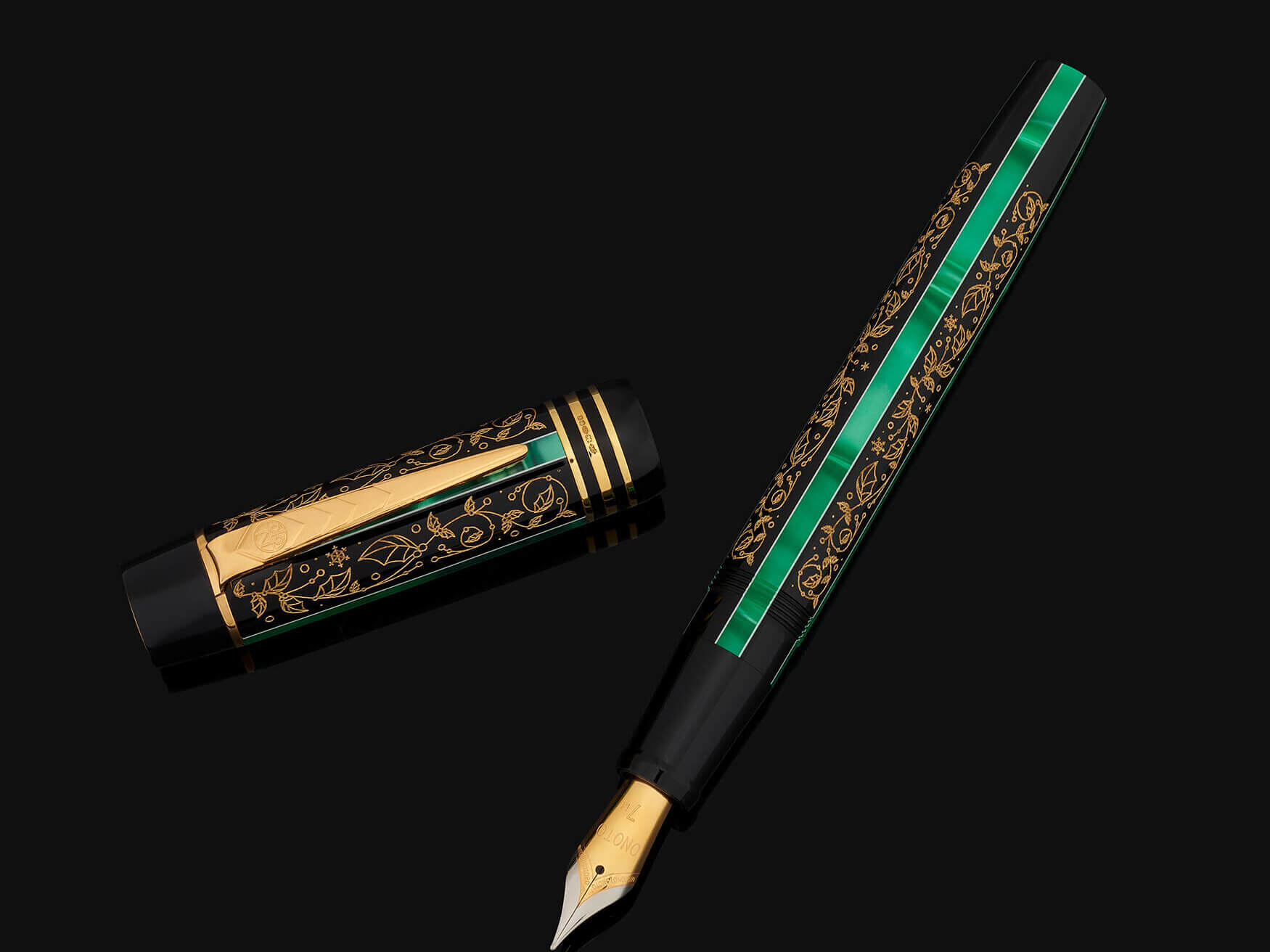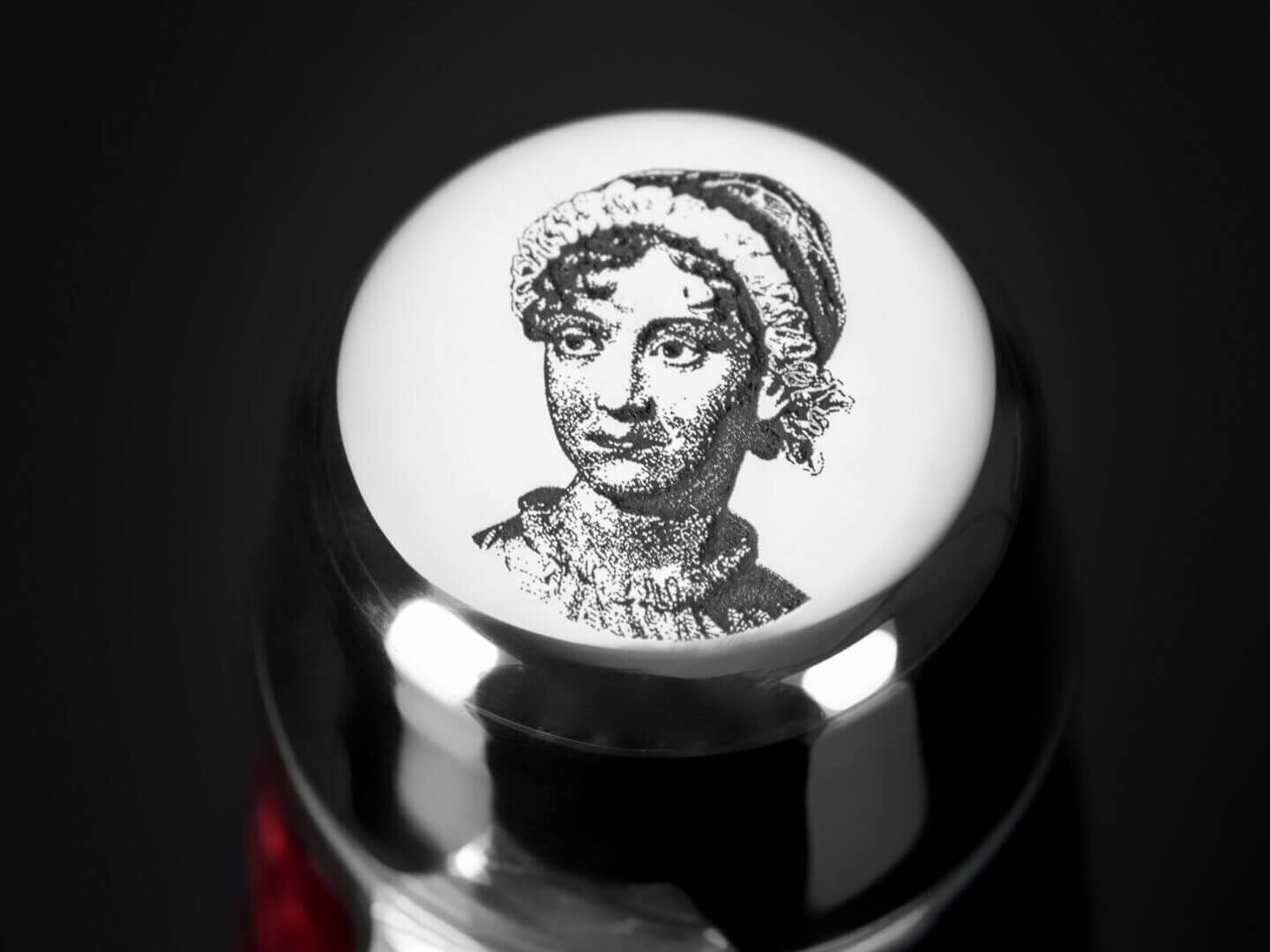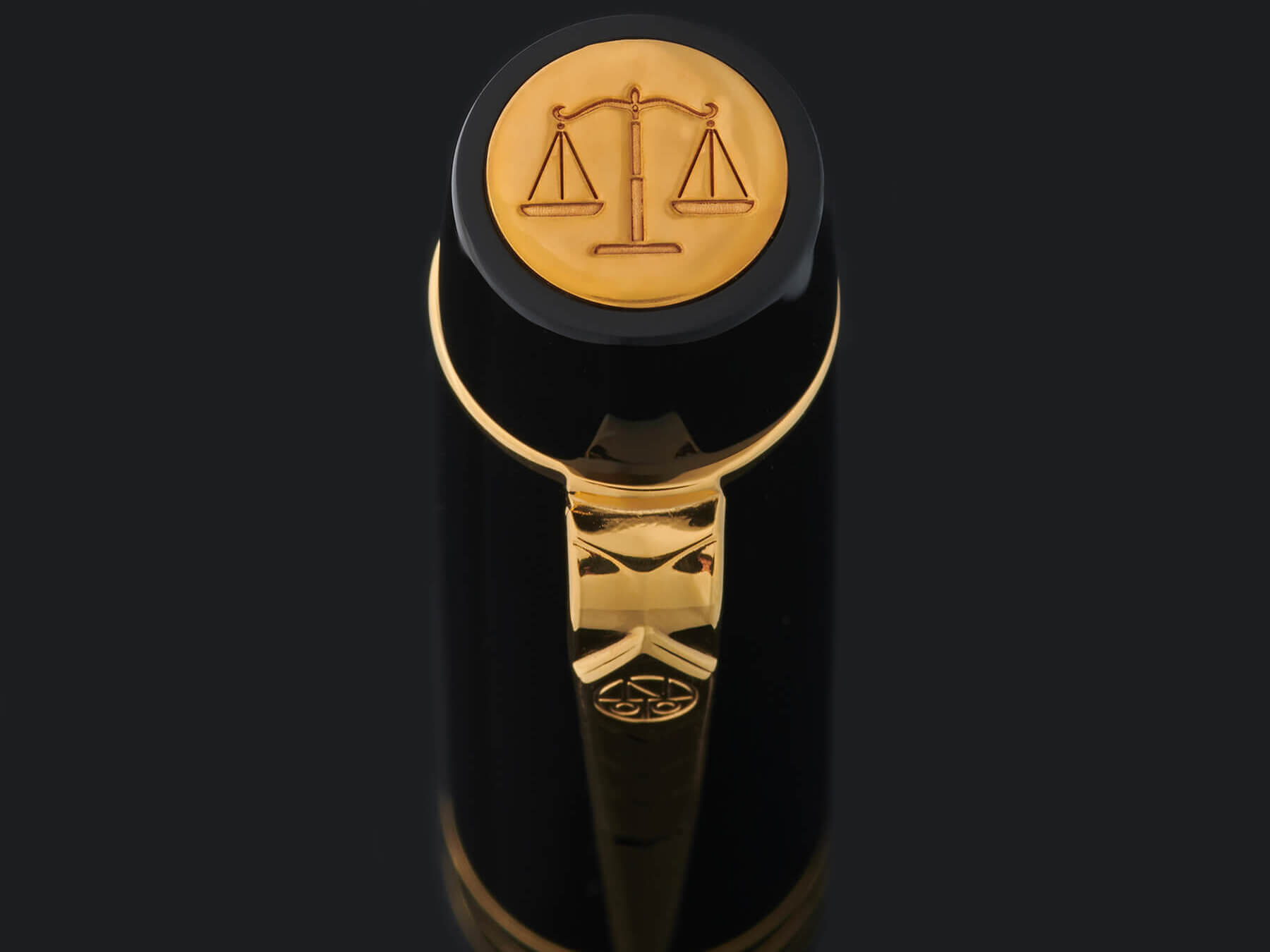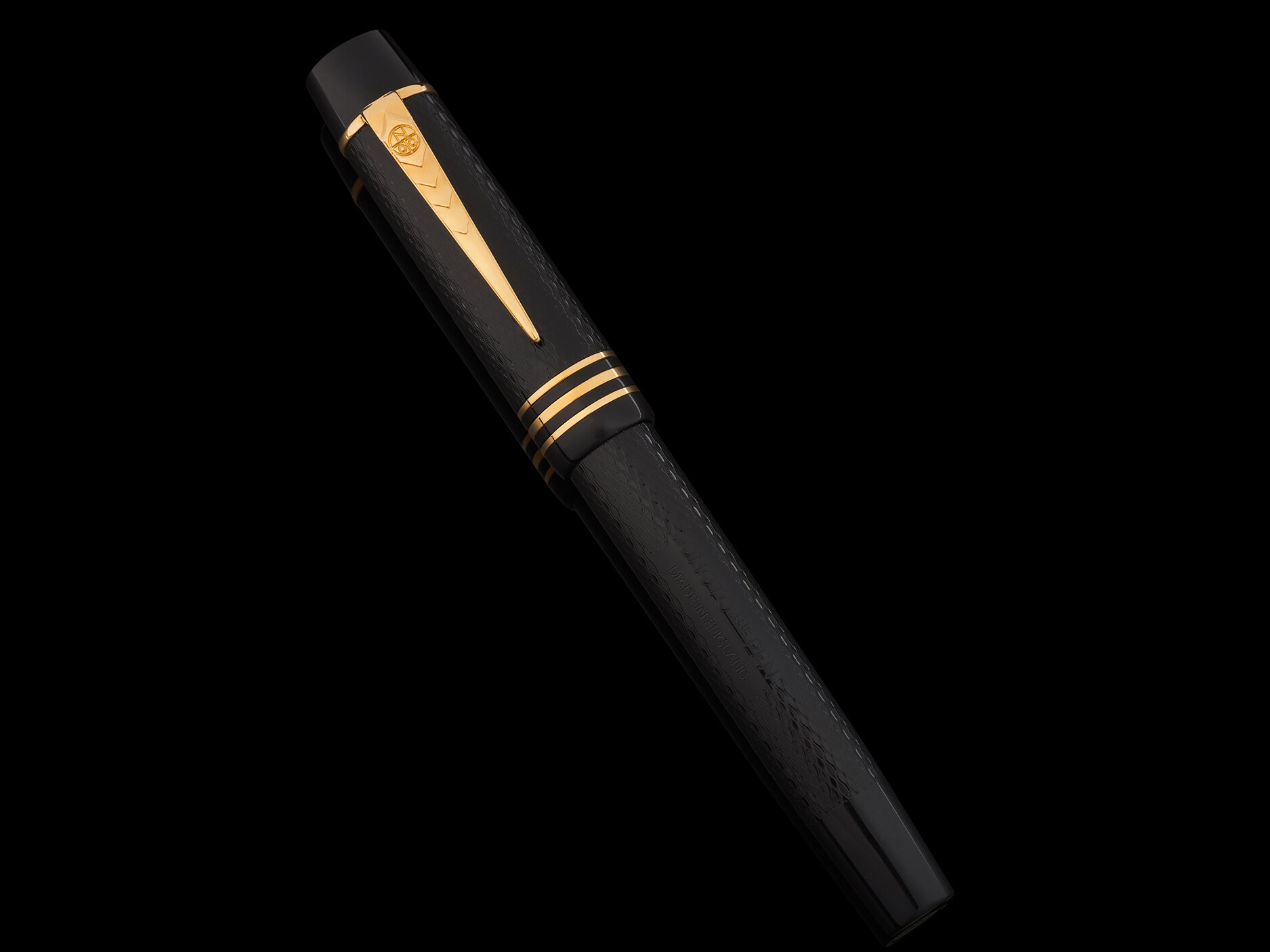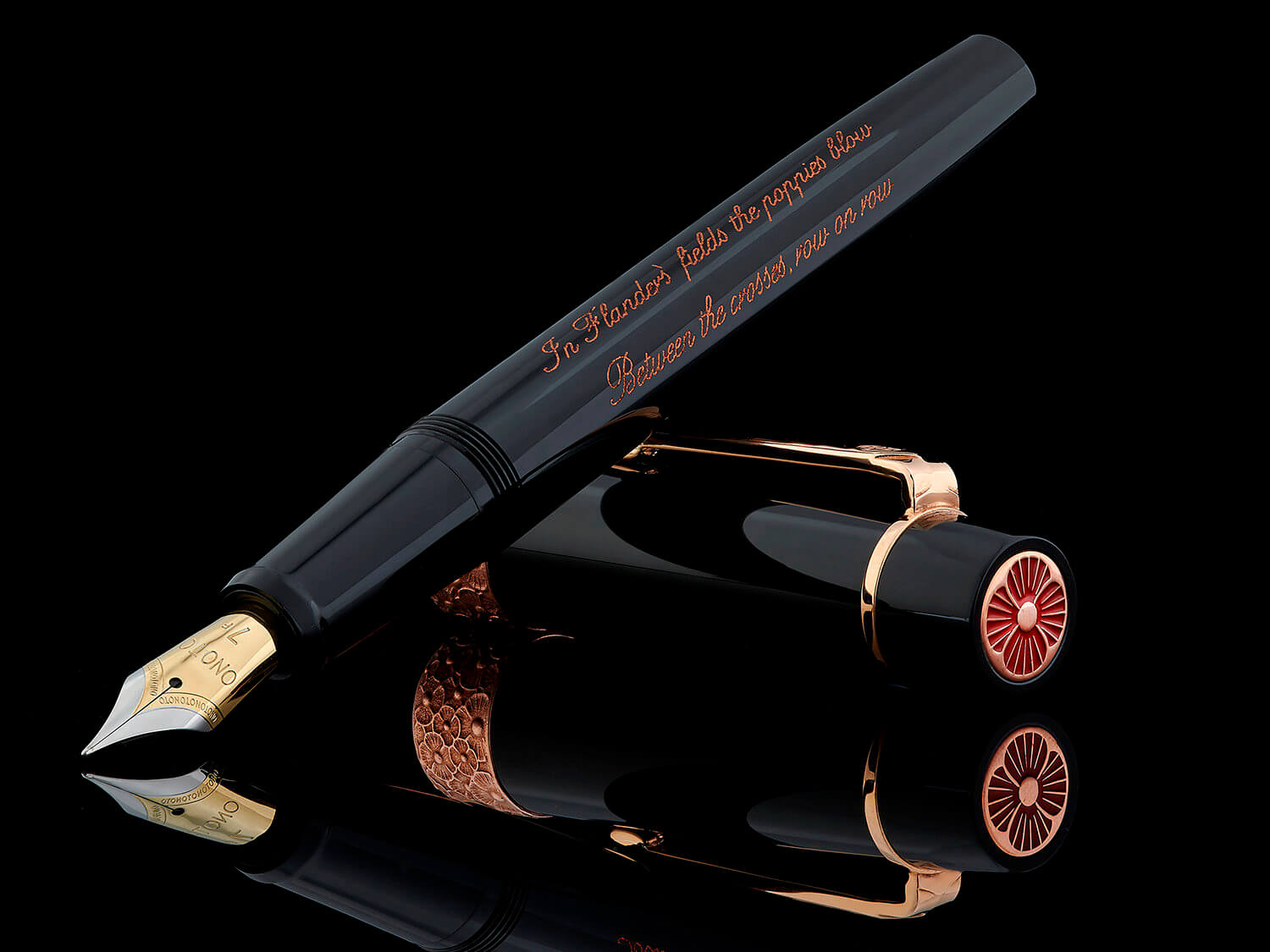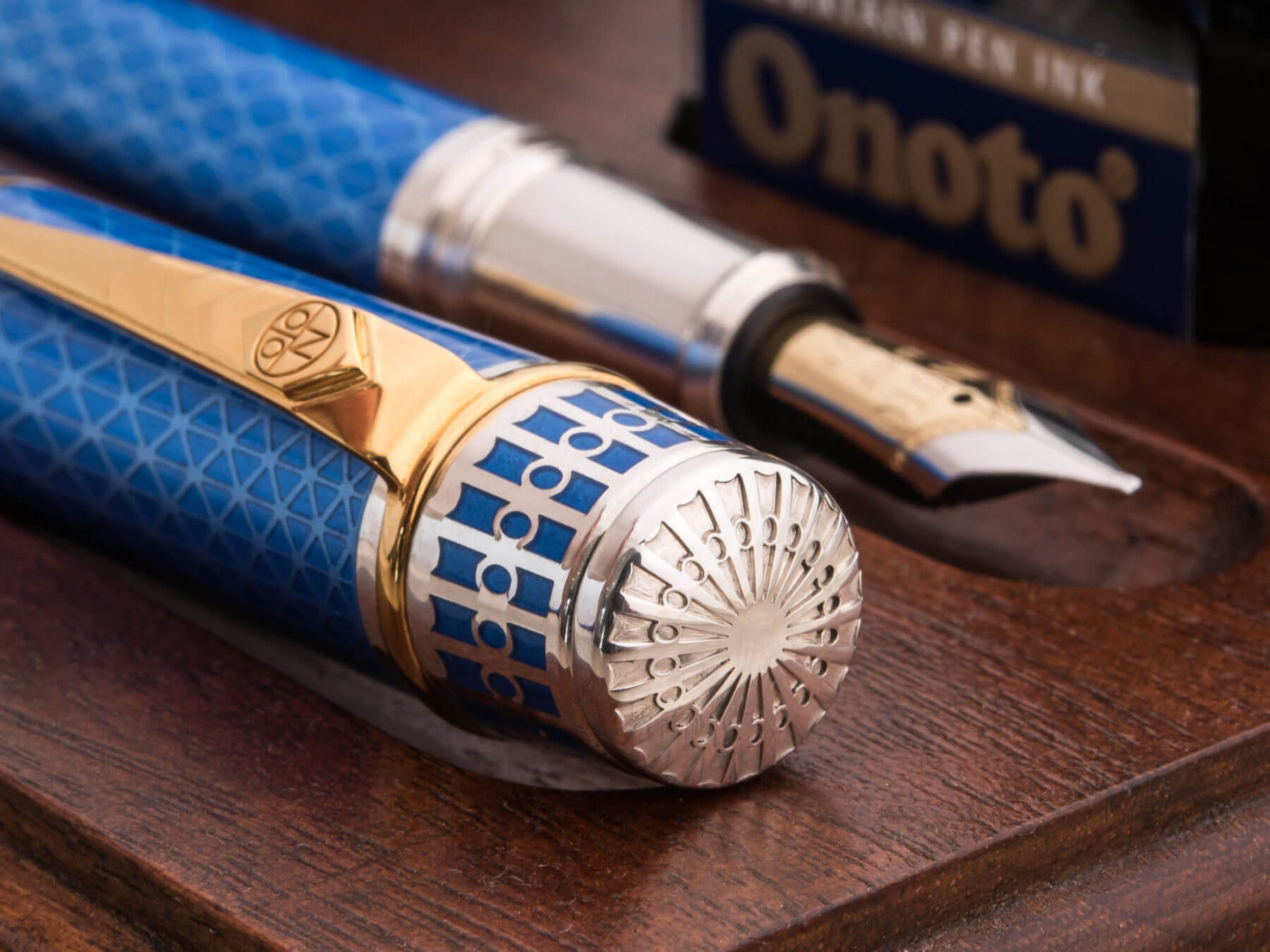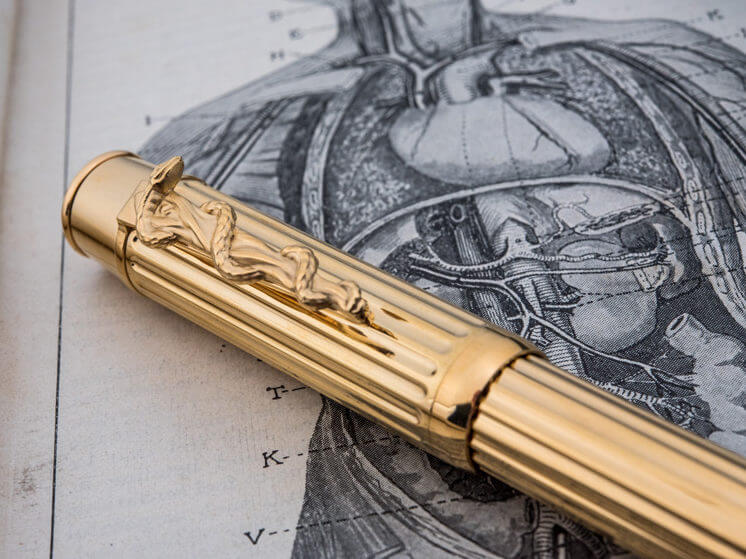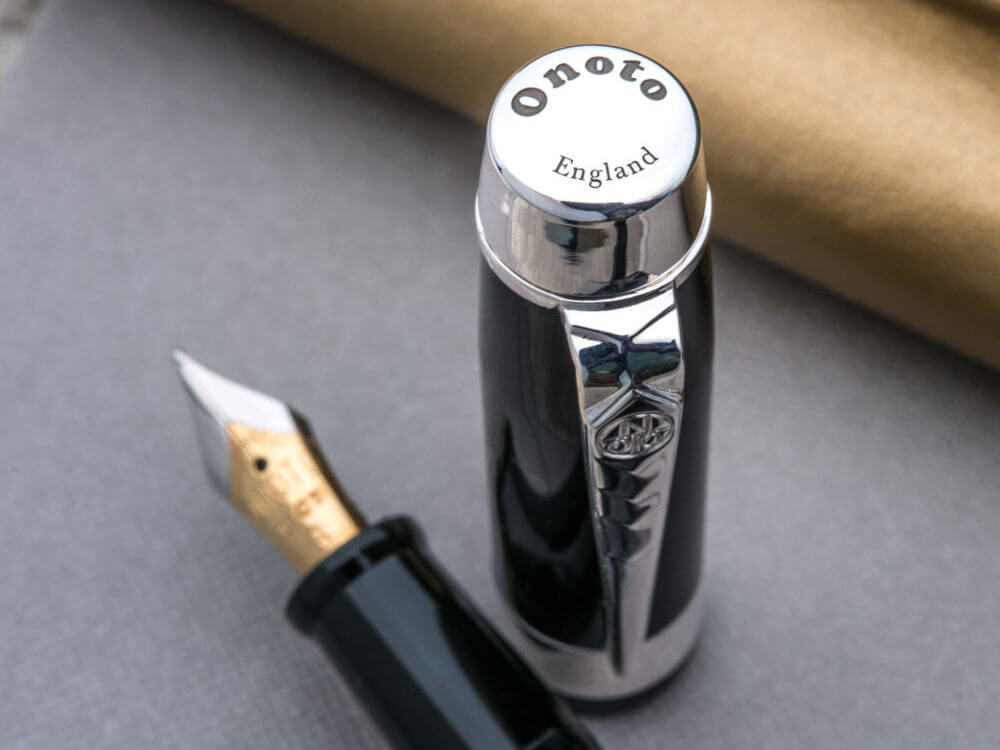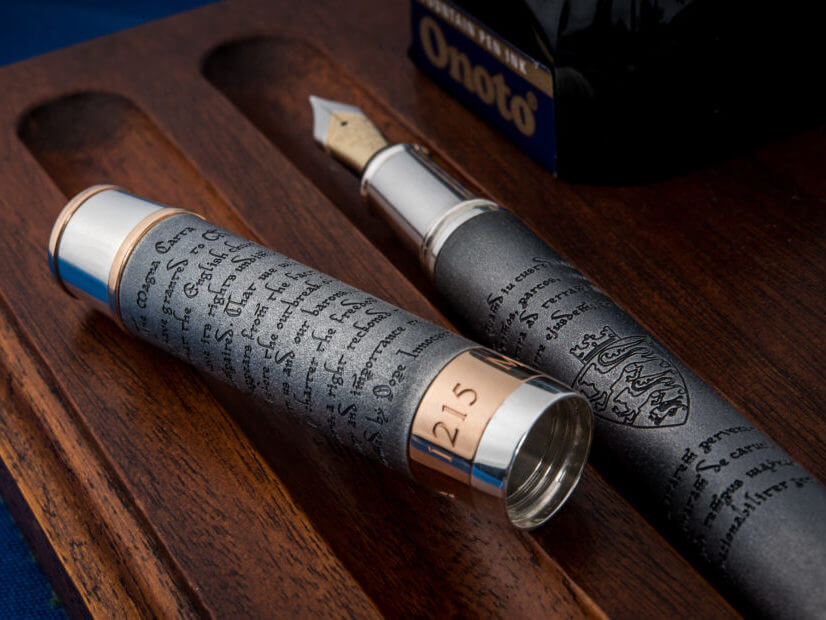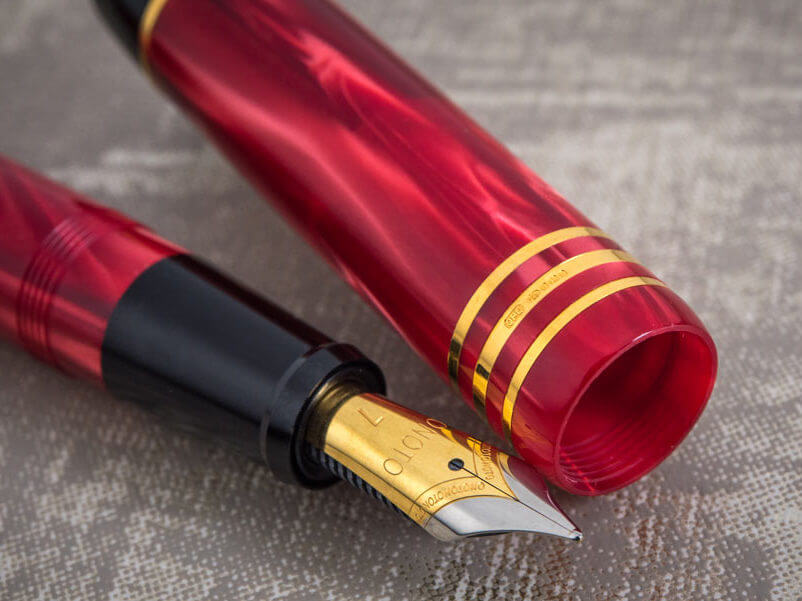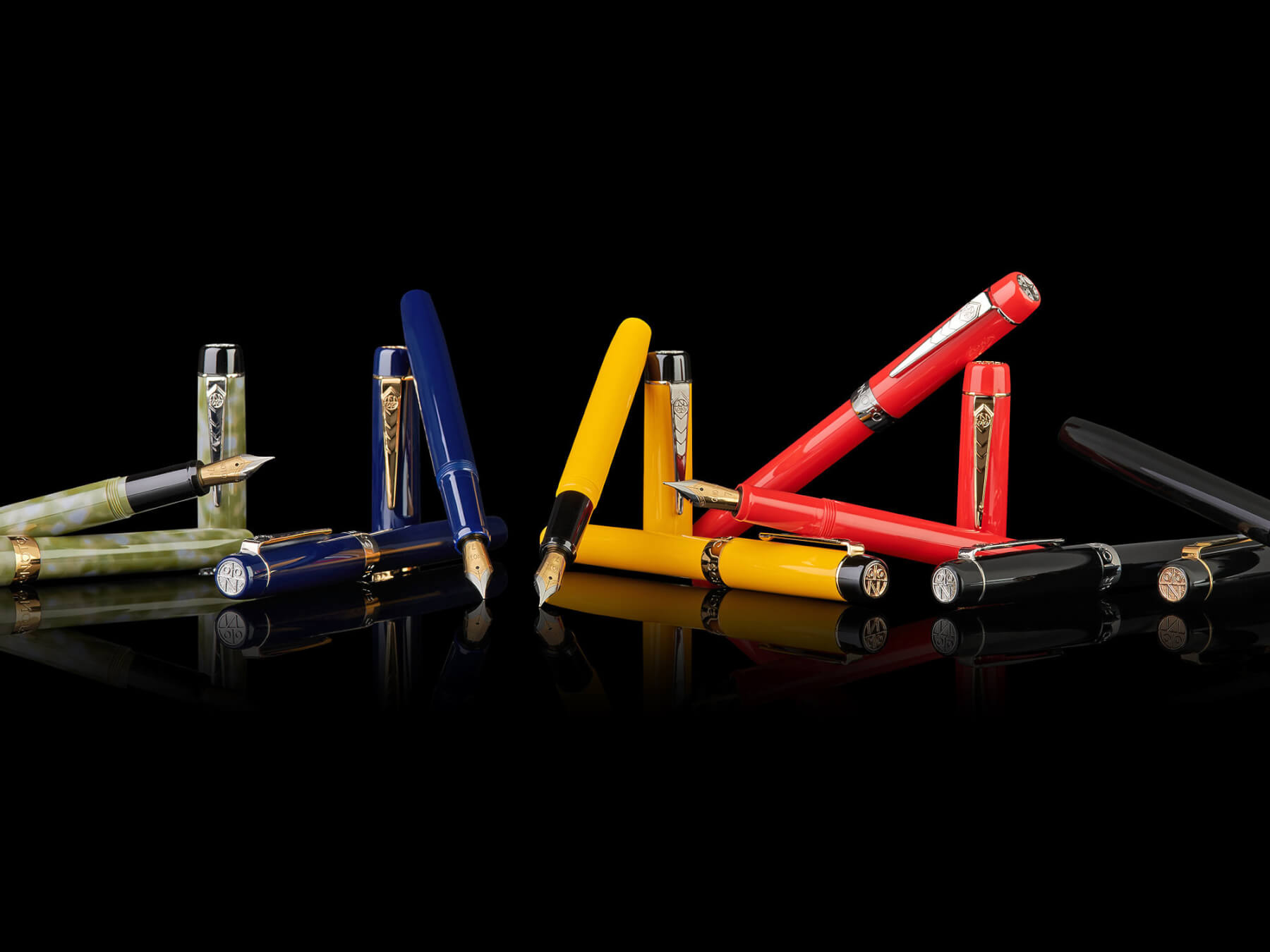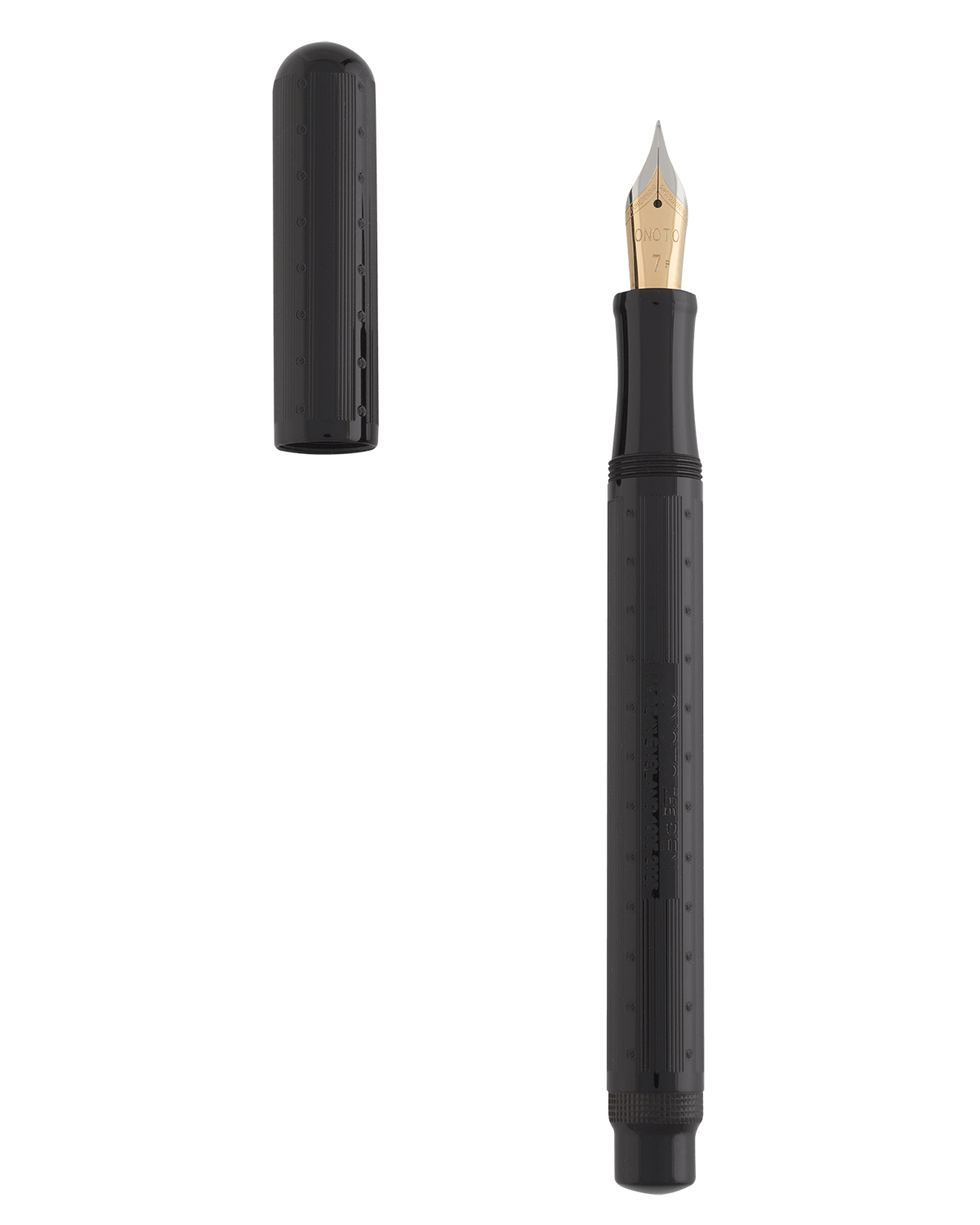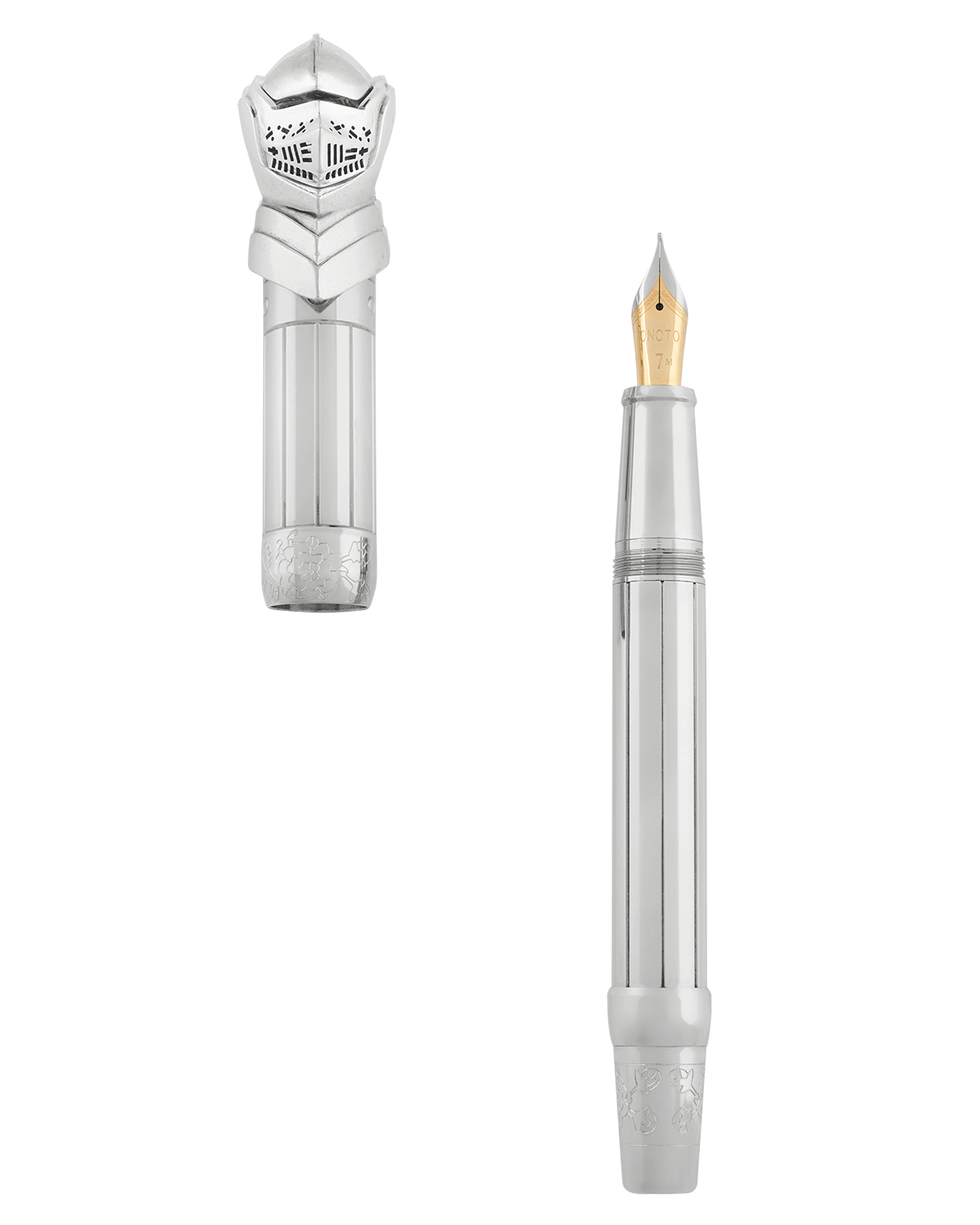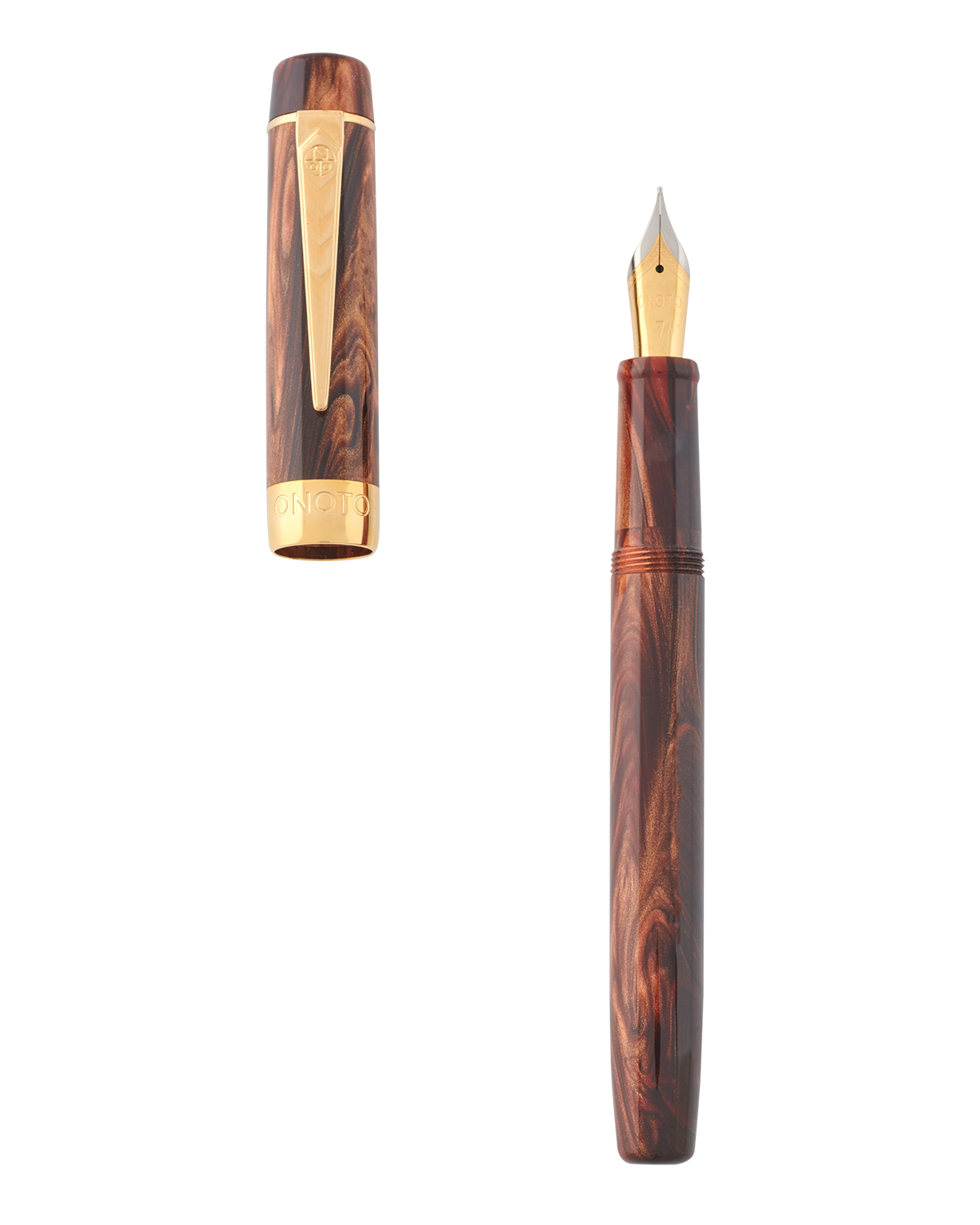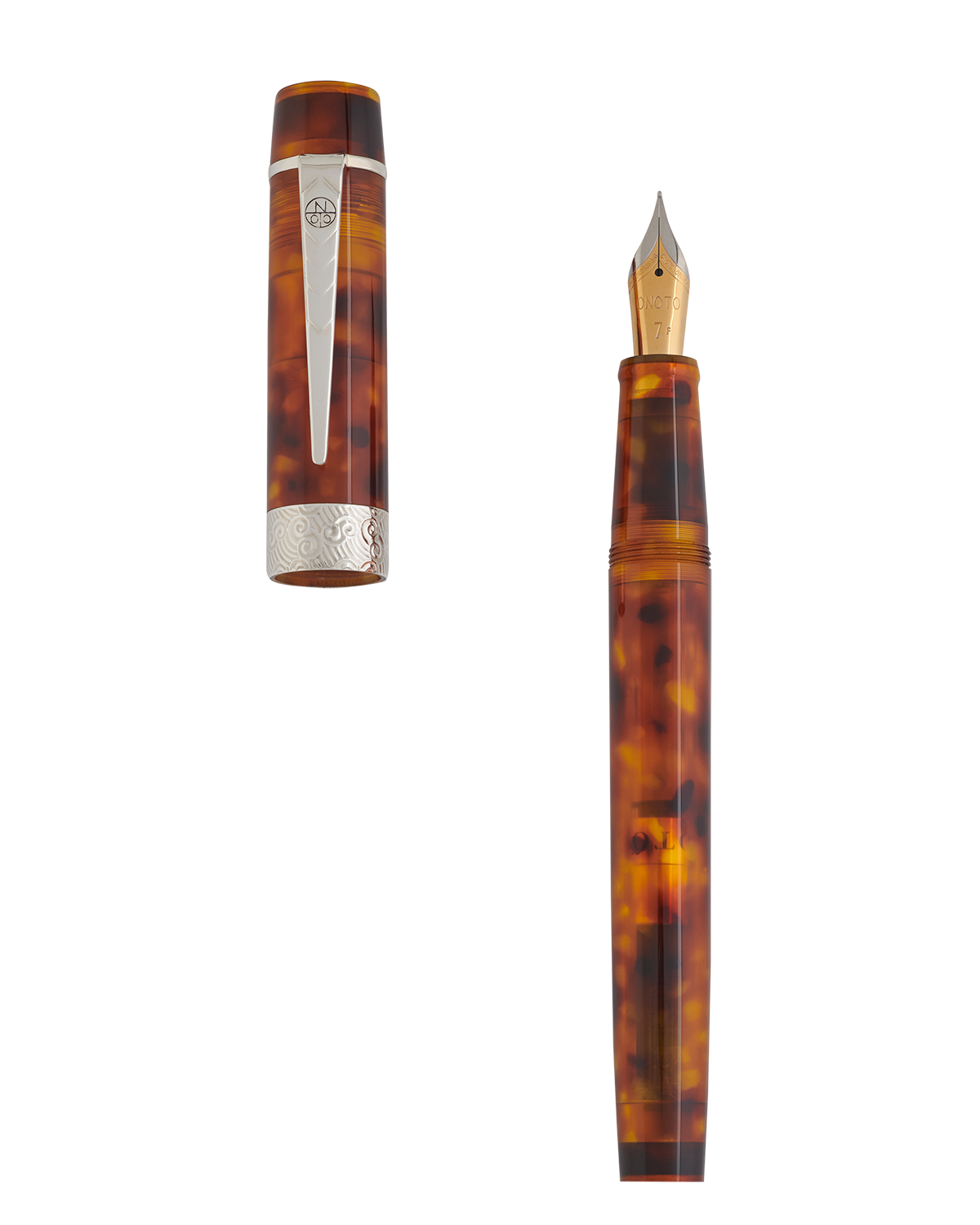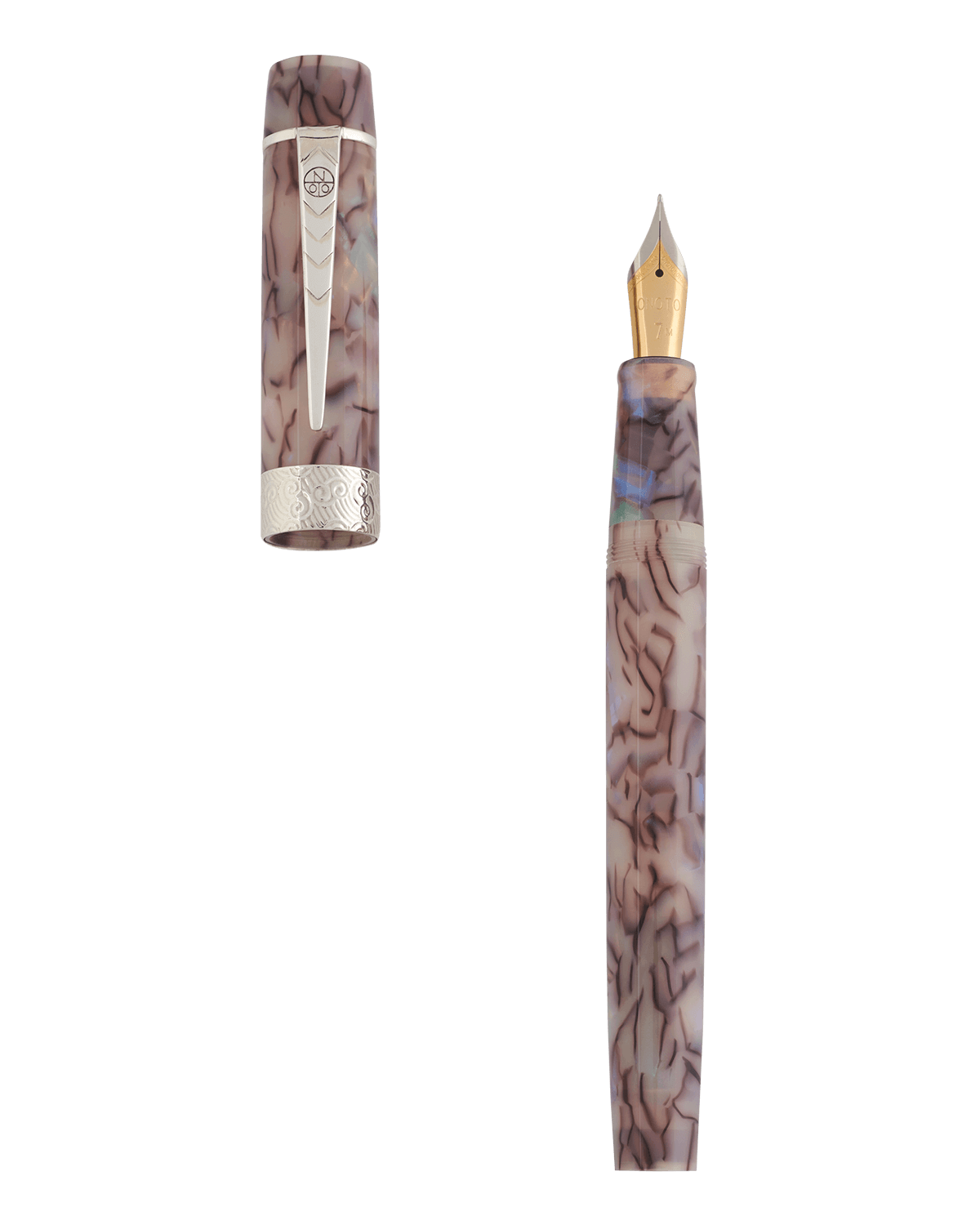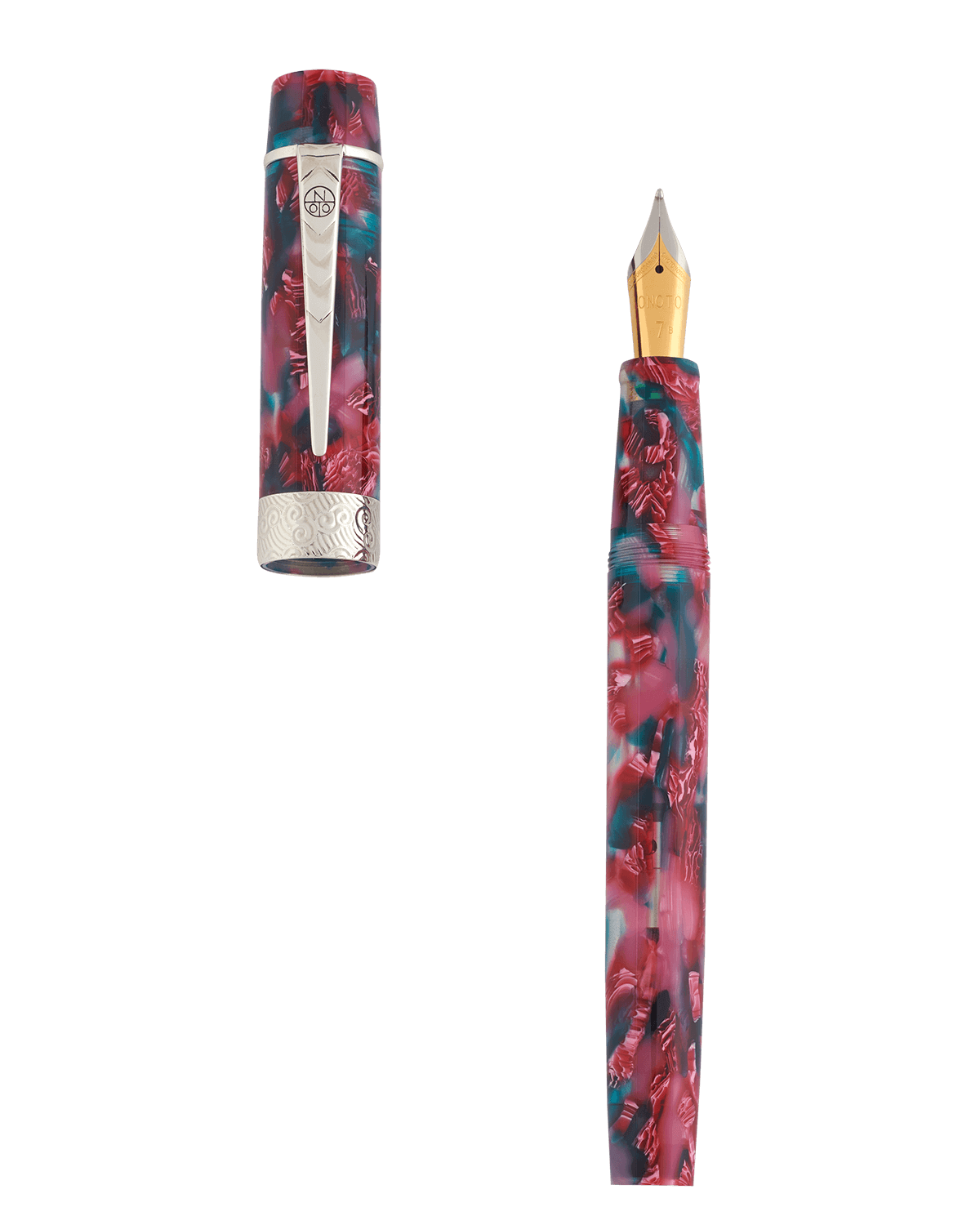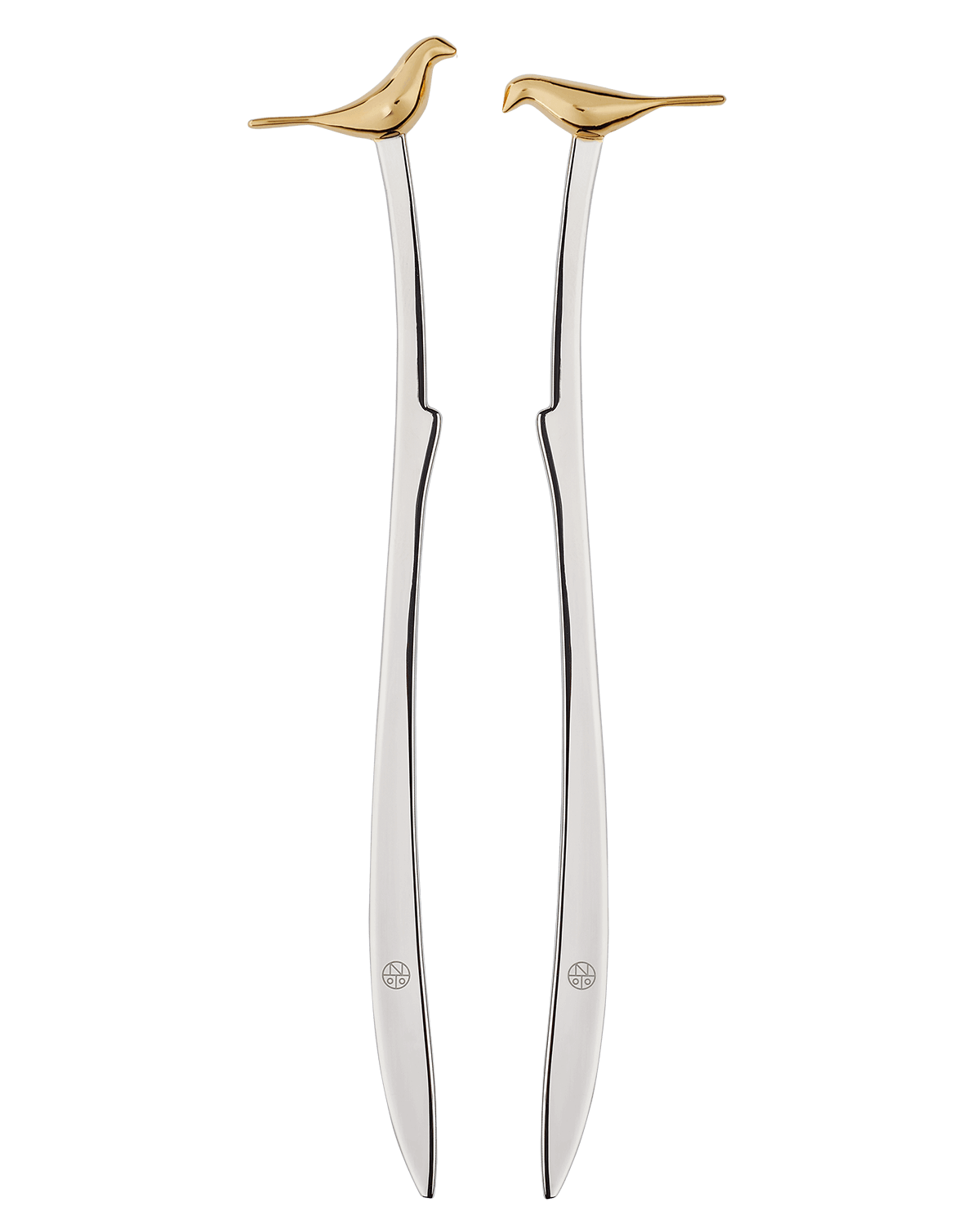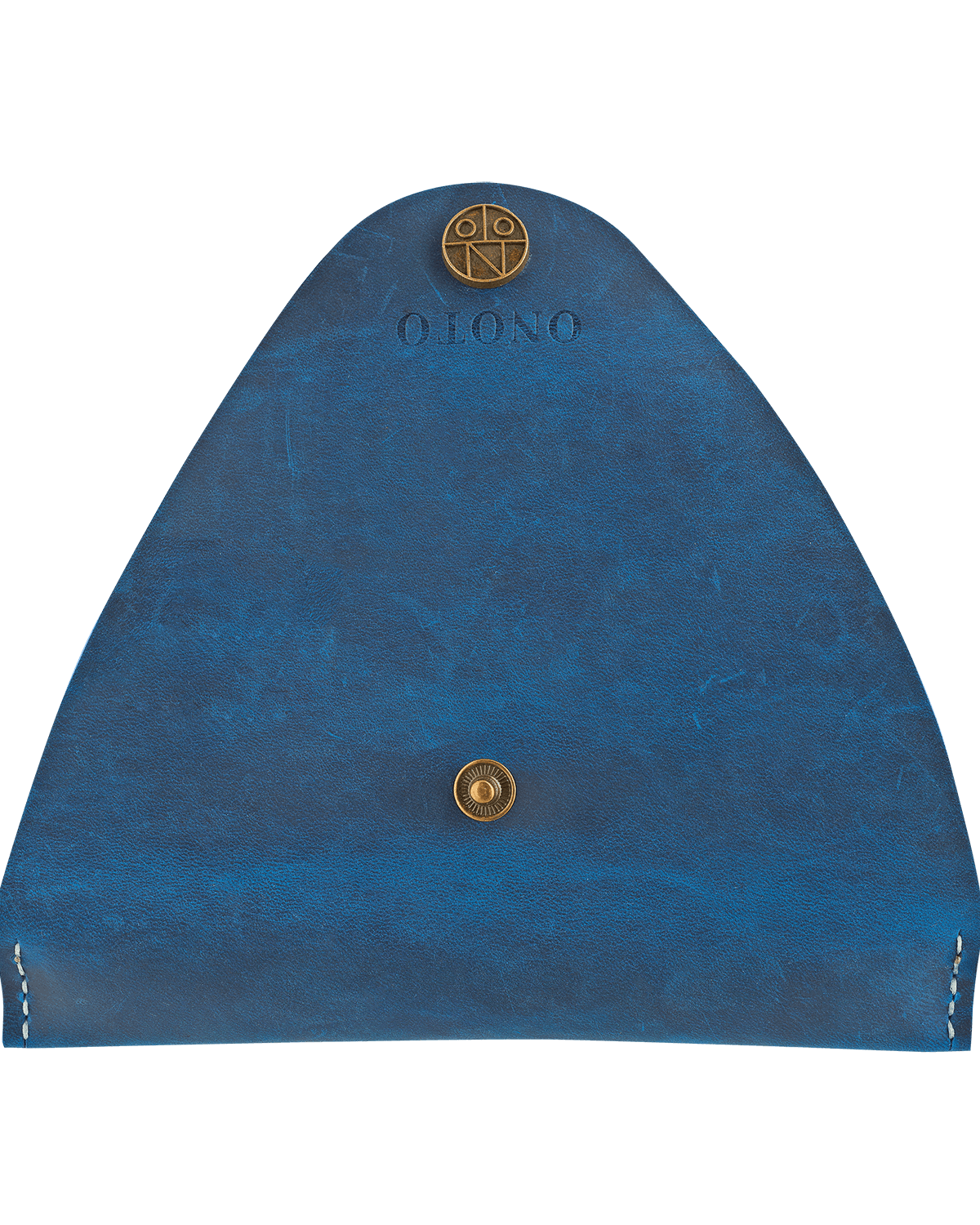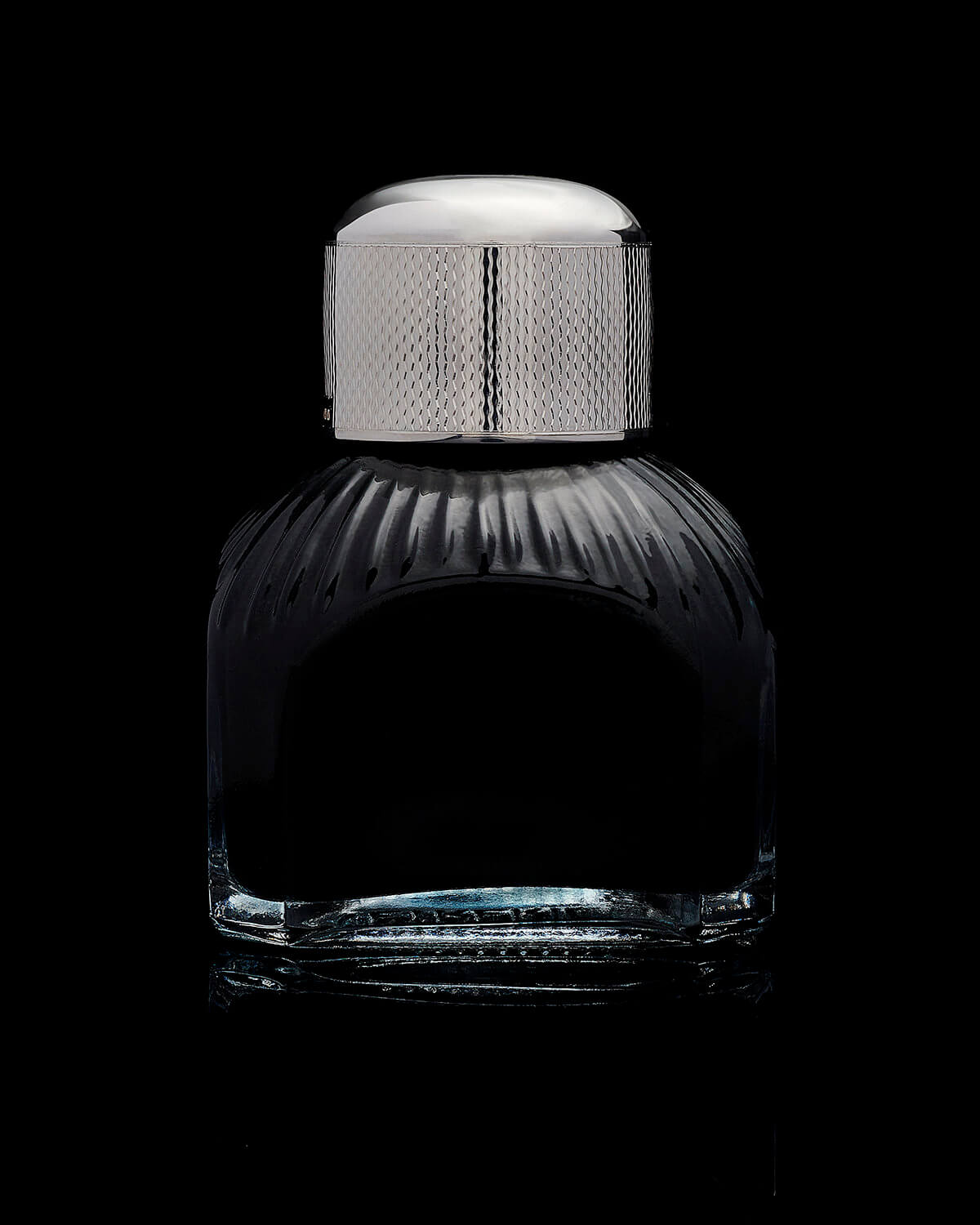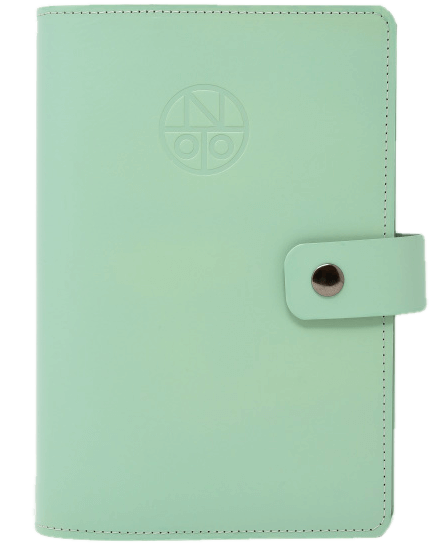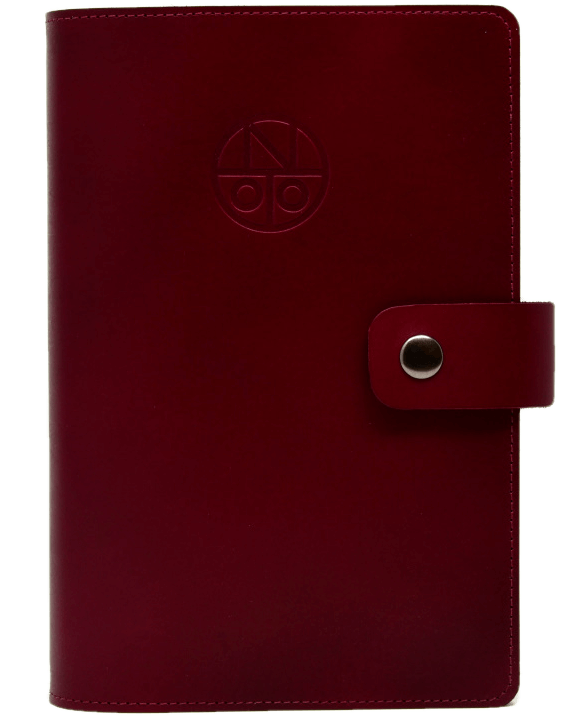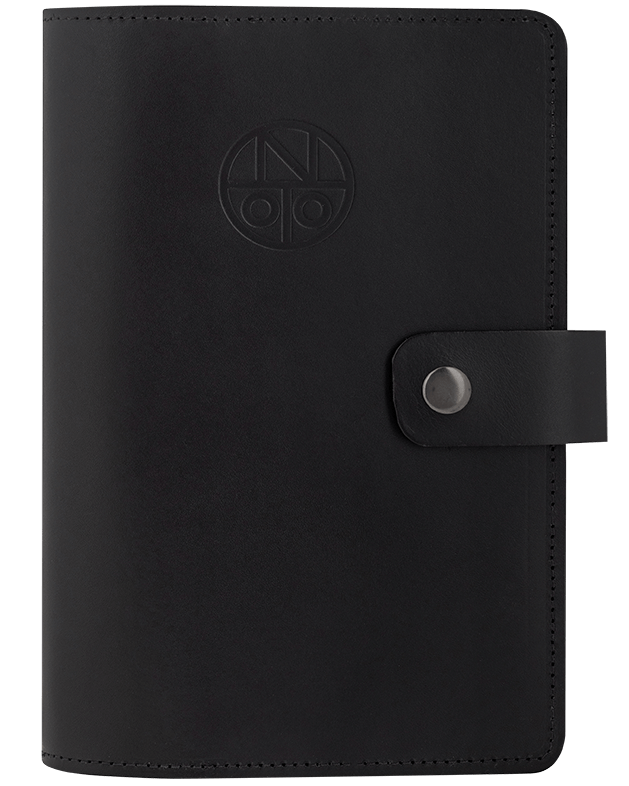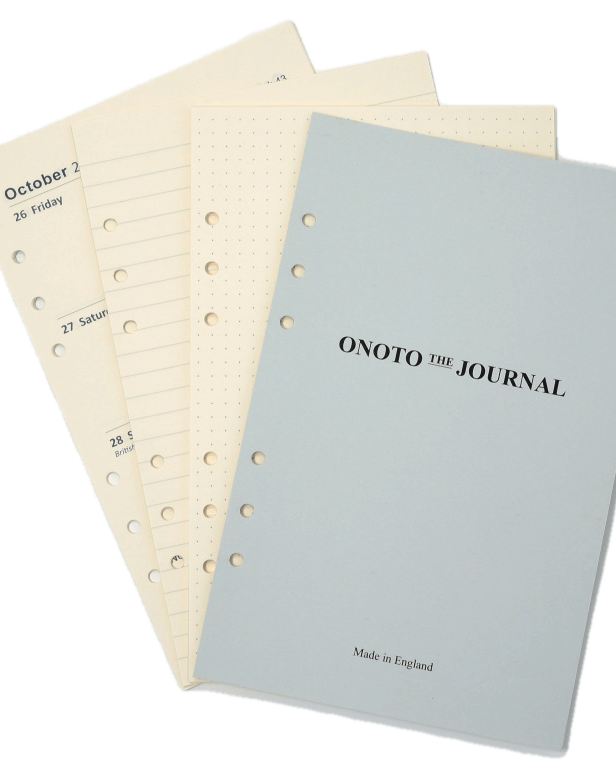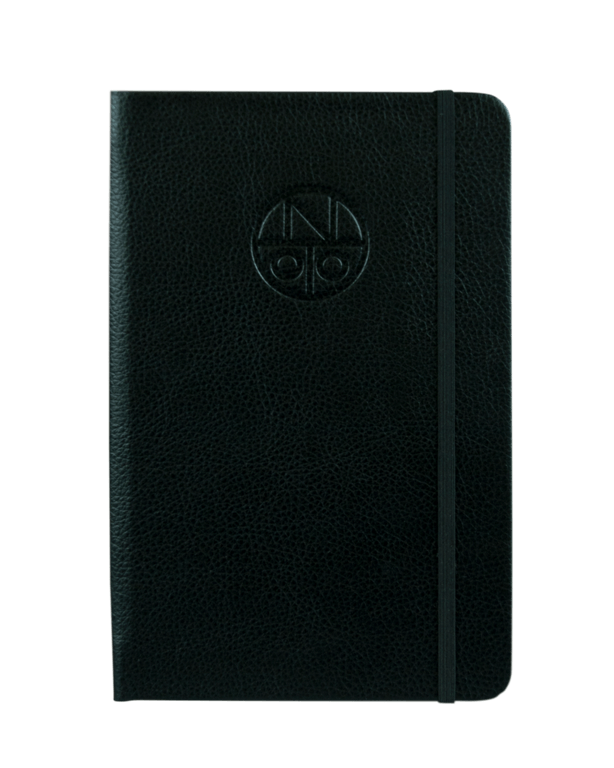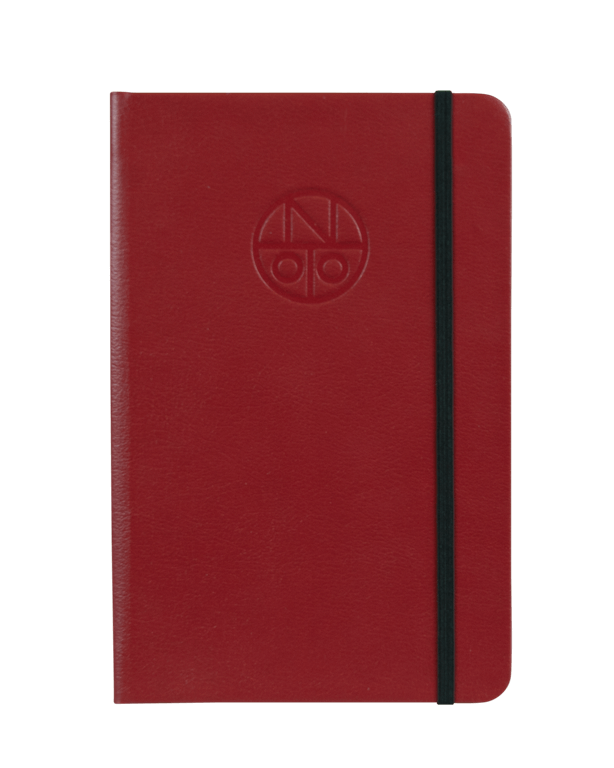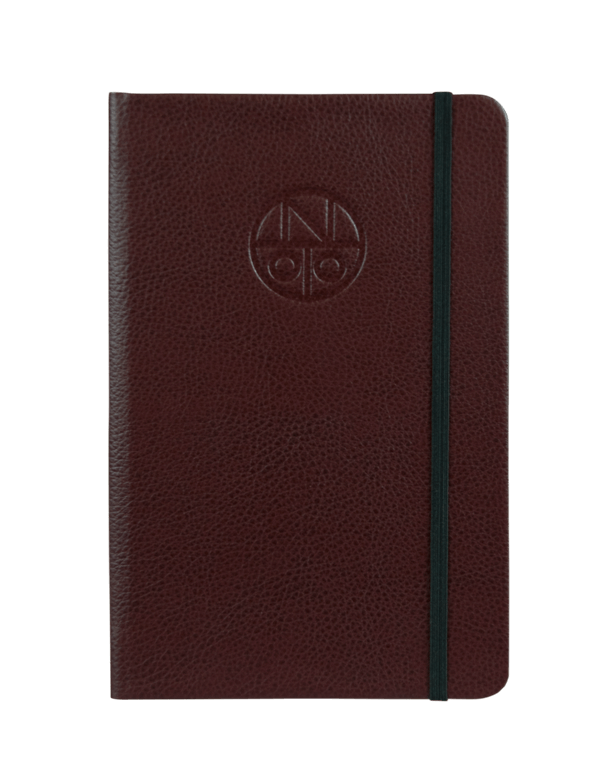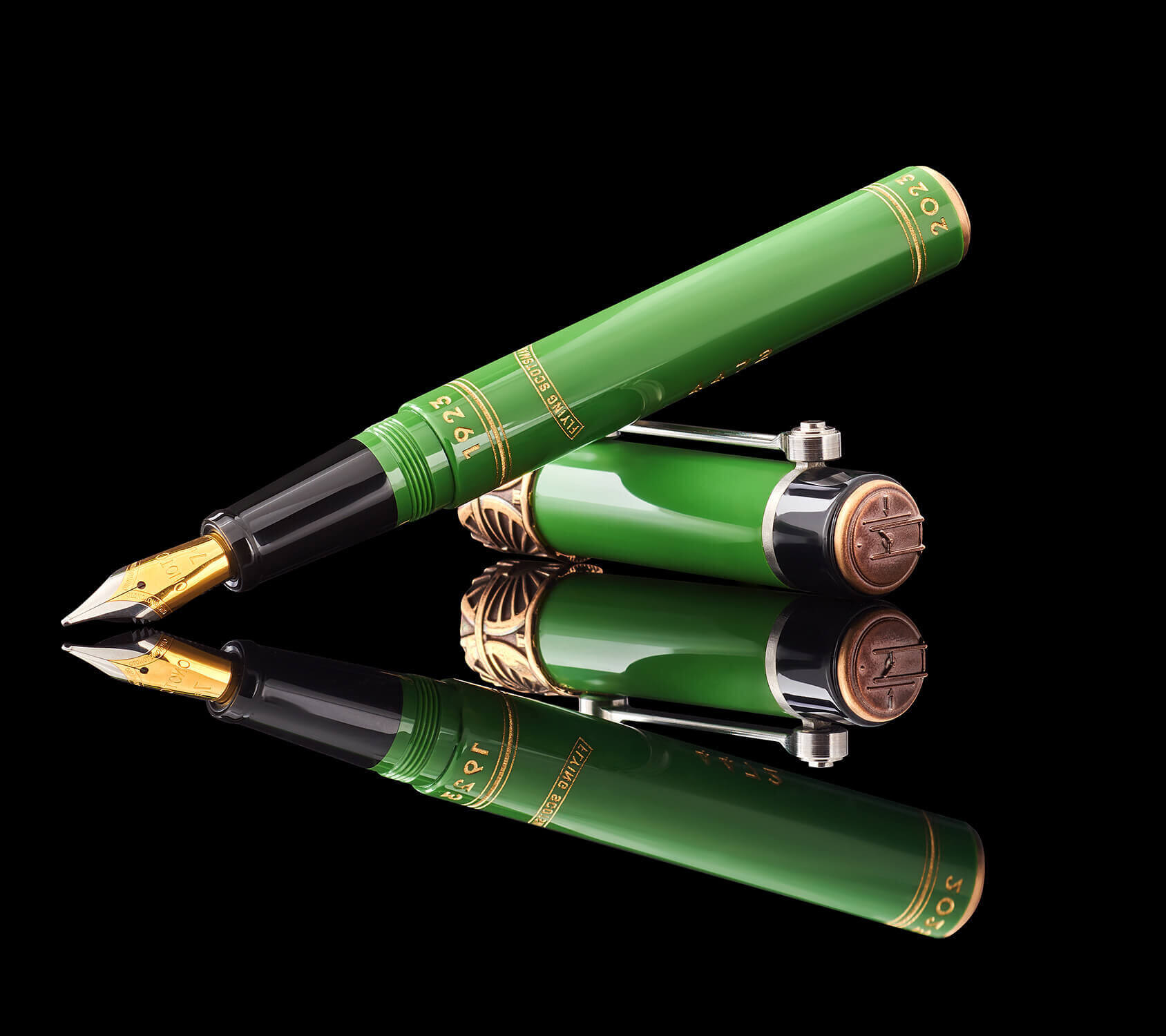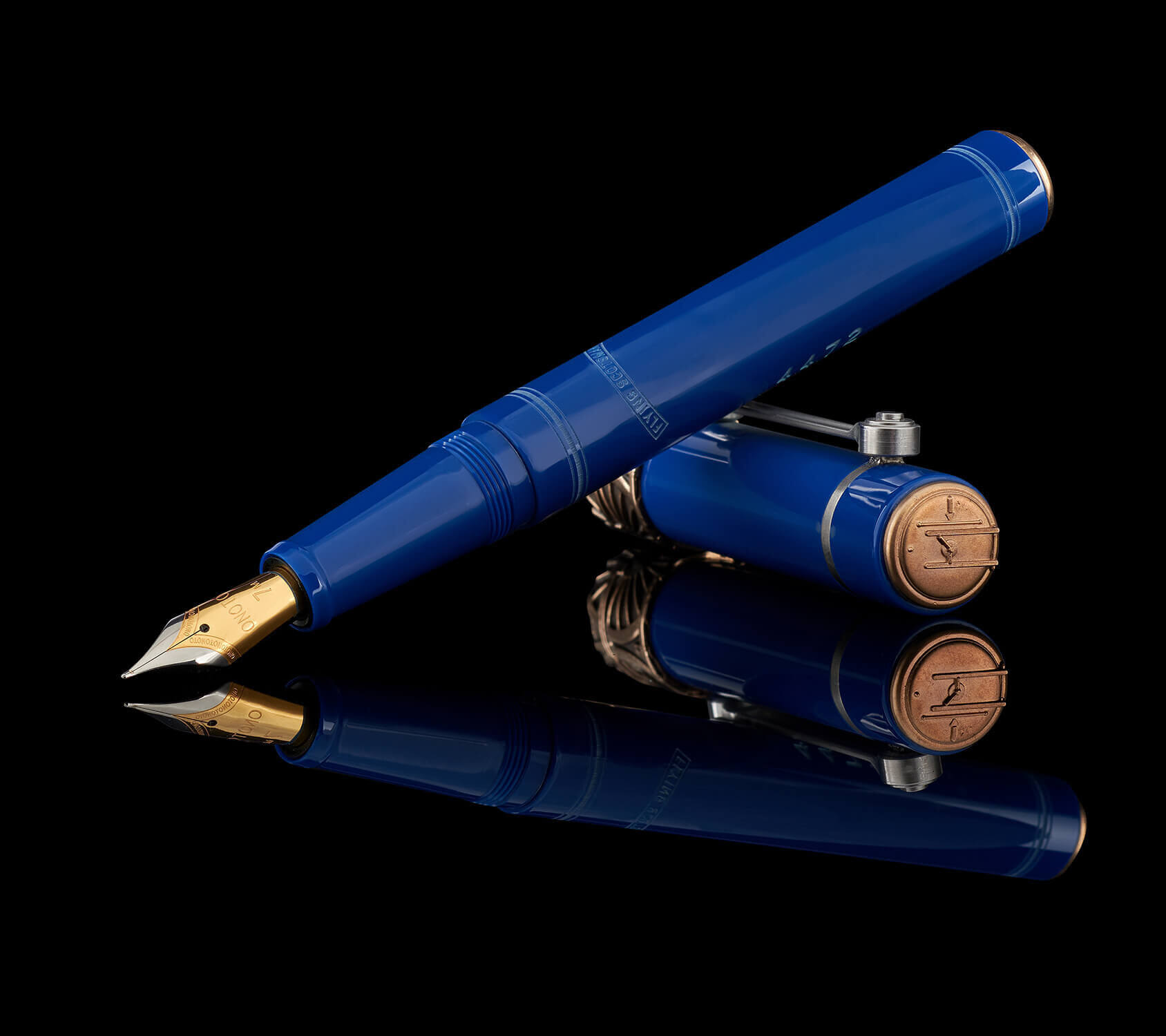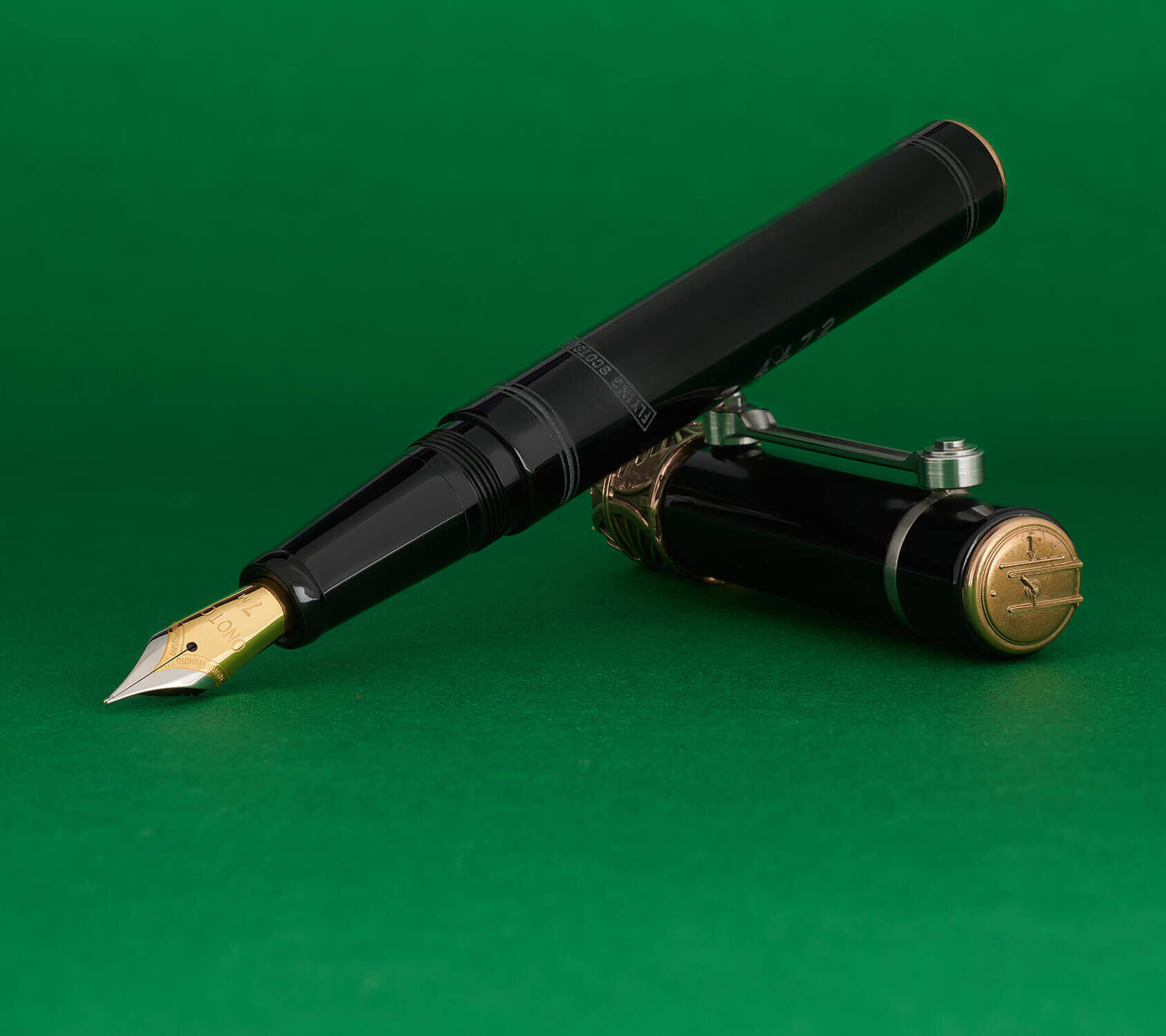
© John Cooper-Smith / Science Museum Group
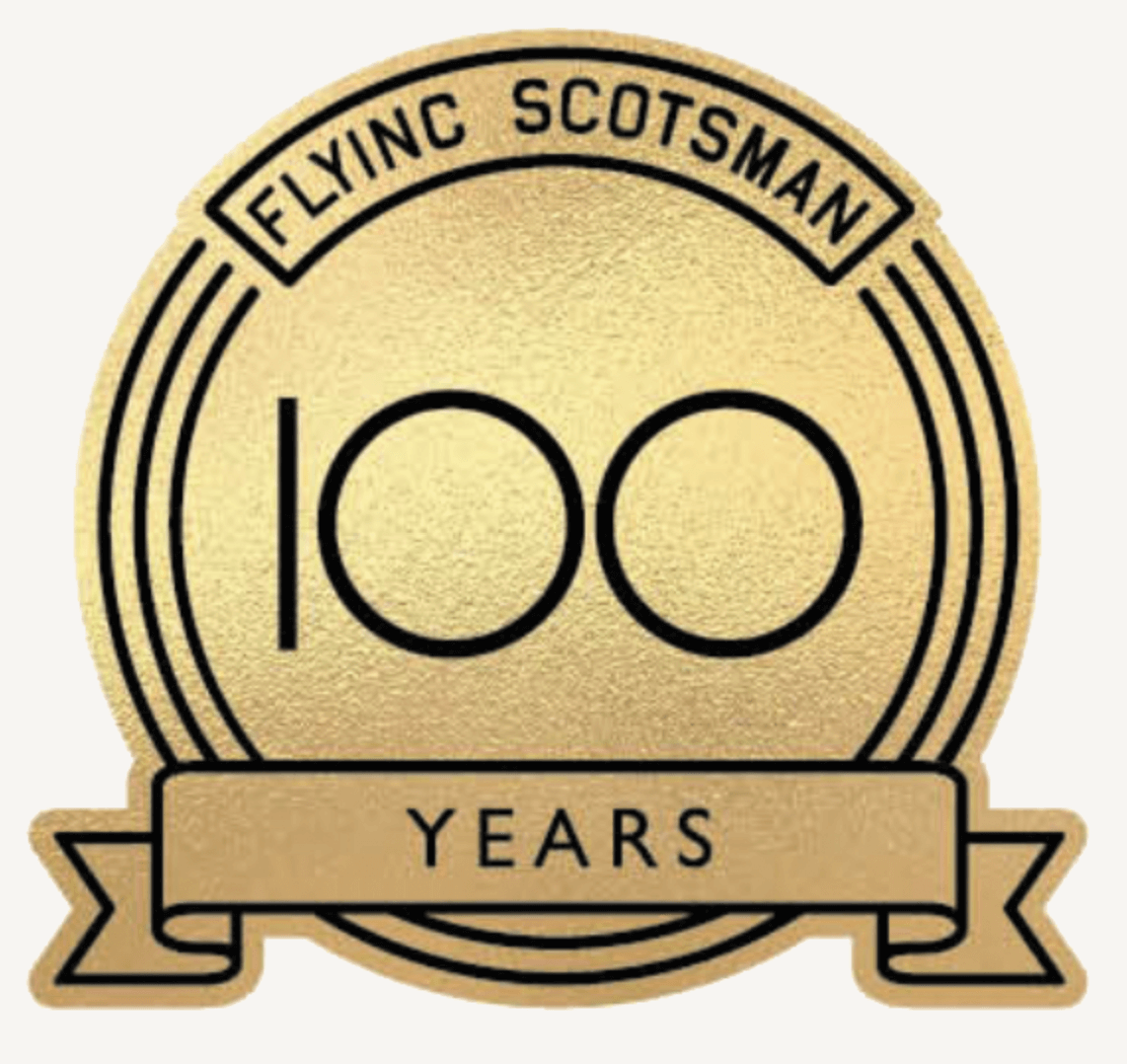
To celebrate 100 years of Flying Scotsman, the world’s most famous steam locomotive, Onoto, in conjunction with the National Railway Museum, have created limited edition pens involving bronze metal removed in the early stages of the iconic locomotive’s recent in-depth restoration.
A beacon of industrial achievement, Flying Scotsman epitomises the Golden Age of British ingenuity, invention and engineering craftsmanship. The locomotive and her iconic “Flying Scotsman” route from London to Edinburgh through beautiful British countryside, be it moor, rolling hills, farms, country towns and villages, represents the pinnacle and romance of the age of steam locomotion. The billowing smoke from the chimney, the excitement of travel, anticipation of arrival, and the reverberation of the wheels on the track, all link us to our history and the history of British engineering achievement.

A Pacific class A1 4-6-2 locomotive, Flying Scotsman is ready to depart King’s Cross on its inaugural non- stop London to Edinburgh service on 1st May 1928. © Science Museum Group
Flying Scotsman arrives at Waverley Station, Edinburgh, to celebrate her centenary on 24th February 2023.© Steve Morgan / Science Museum Group

The Metal
The metal involved in the Flying Scotsman pen originates from one of the locomotive’s old bronze axle-boxes.
The specific axle-box is the left trailing bogie, which had been on Flying Scotsman, potentially, from the WW2 period, being removed in 2006 during her restoration by the National Railway Museum at York. The axle-box was acquired by Christopher Bennett, of provenance brand TMB Art Metal, who has used his inspiration and expertise to transform it into beautiful pen components.
London based TMB Art Metal crafts unique items utilising original ex-subject provenance material, so that every piece has a fascinating back story. With an interest in machinery, much of the design inspiration for the Flying Scotsman Pen was Christopher’s, as was previous historic provenance metal pen projects, including the Spitfire and Longitude Pens.

This heavy solid bronze axle-box was removed from Flying Scotsman in 2006.
With circa 60 years’ service, it is reasonable to speculate that Scotsman will have travelled well over one million miles with this specific axle-box fitted.
Initially in 2006 the axle-box is melted down at a sand-casting foundry to be cast into small reusable ingots.




One of the ingots is remelted, this time at a ‘lost-wax’ jewellery caster in London.
When molten, the liquid metal is poured into a mould, which is broken open to reveal Flying Scotsman Pen cap bands.
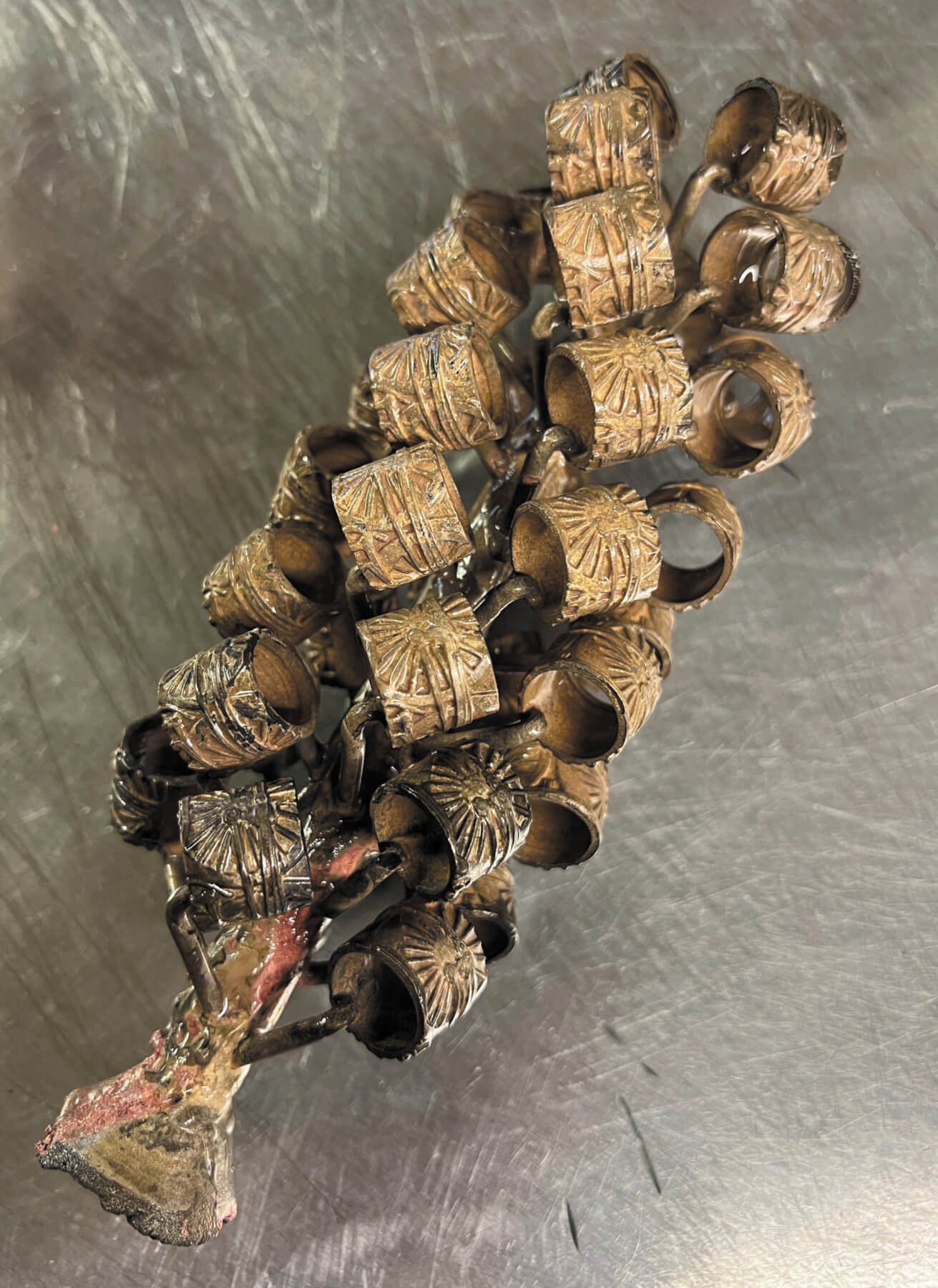
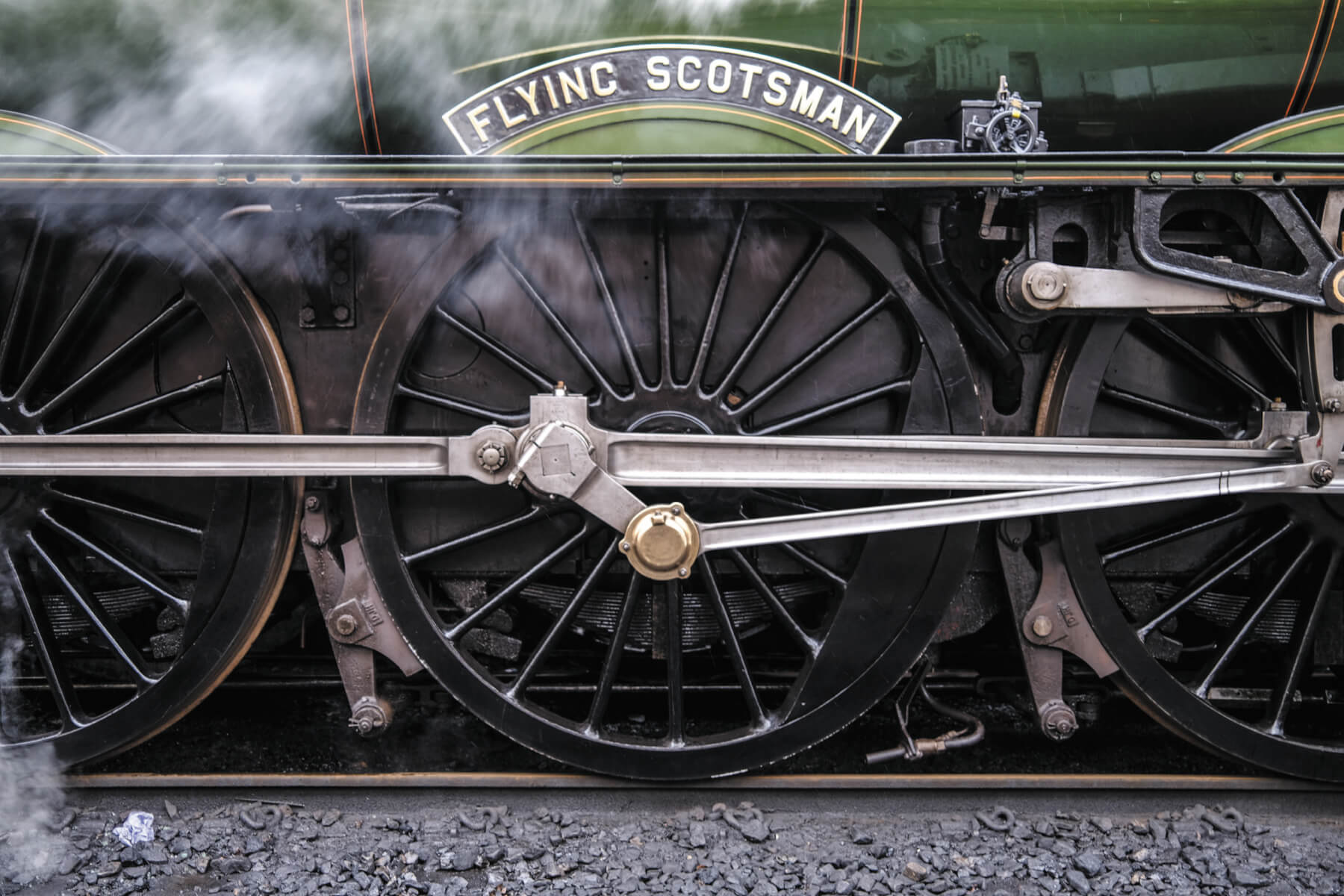
The magnificent steel pen clips are styled upon one of the locomotive’s immensely strong coupling rods.
The pen smokebox door tassie tops and bogie wheel barrel ends are stamped, rather than cast.
To enable this an ingot is sliced into sheets from which the pieces can be stamped.
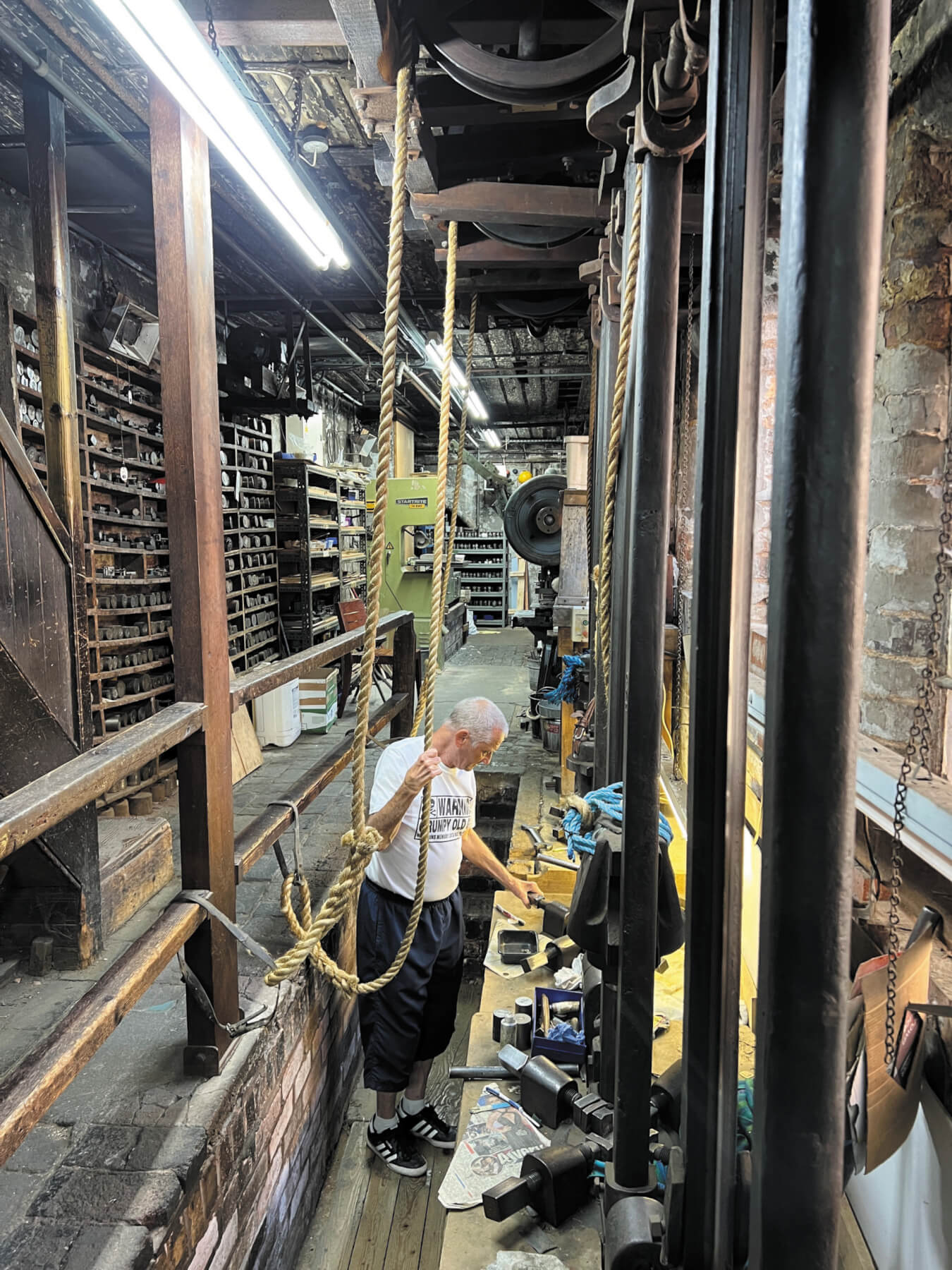
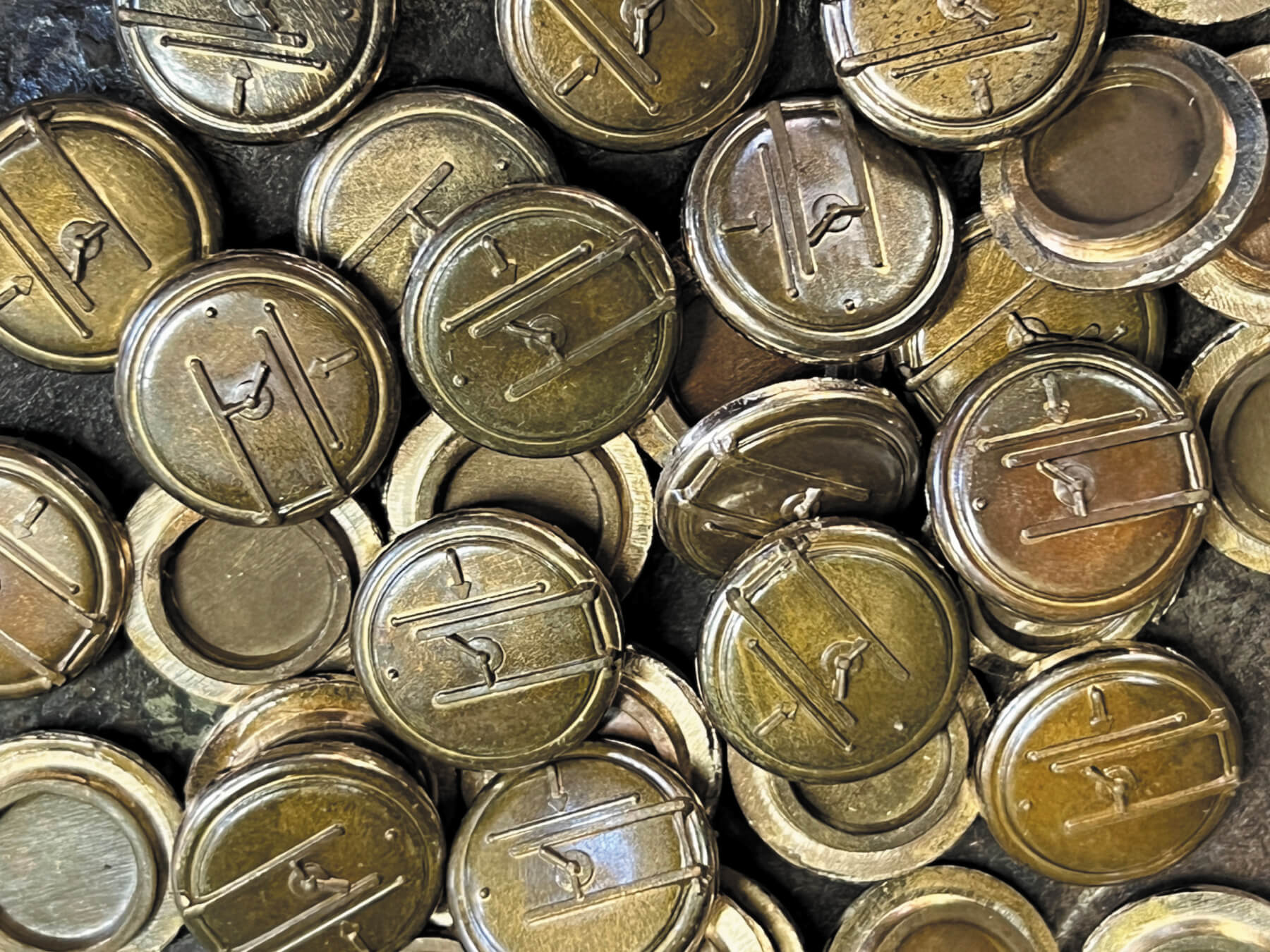
Flying Scotsman Pens
Whilst ‘Apple Green’ is Flying Scotsman’s most recognised livery, over the years she has also been adorned in other colours.
In common with most railway stock during WWII, in 1943 Flying Scotsman was painted black, returning to ‘Apple Green’ in 1947. Not for long, however, for in 1949, a year after nationalisation to British Railways, Flying Scotsman was painted ‘Express Blue’, carrying the number 60103. Then, in 1954 Flying Scotsman returned to a green livery, a slightly different shade of BR green named ‘Brunswick Green’.
In addition to the ‘Apple Green’ Pen, our ‘WWII Black’ and ‘Express Blue’ editions of the Flying Scotsman pen commemorate the locomotive’s historic liveries.

Produced under licence for SCMG Enterprises Ltd. Flying Scotsman trade marks ® and designs ©SCMGE.
Flying Scotsman is a National Railway Museum locomotive. Every purchase supports the museum.
www.railwaymuseum.org.uk/flyingscotsman

